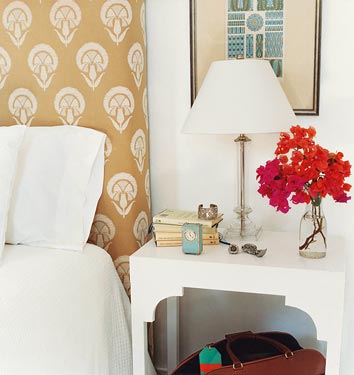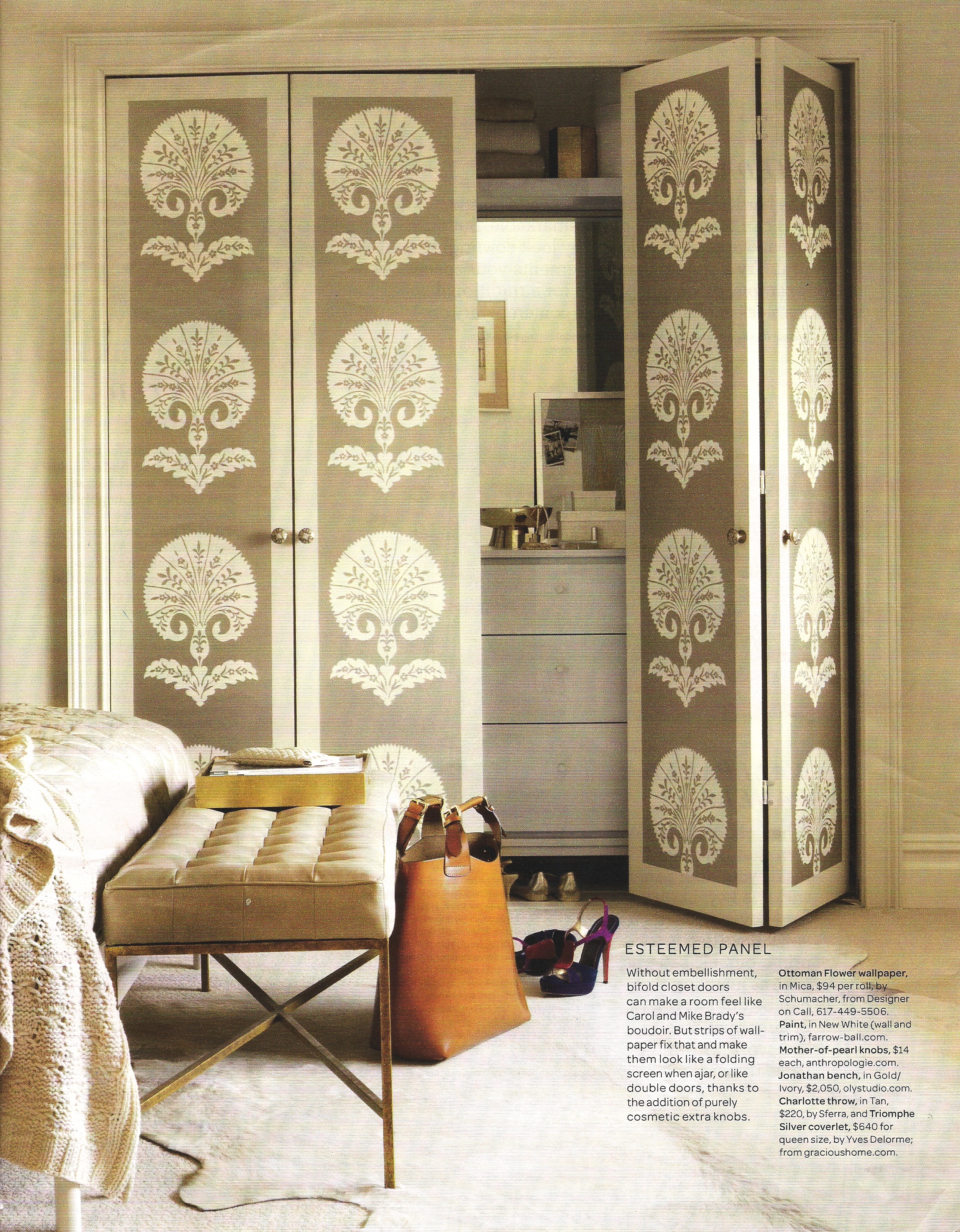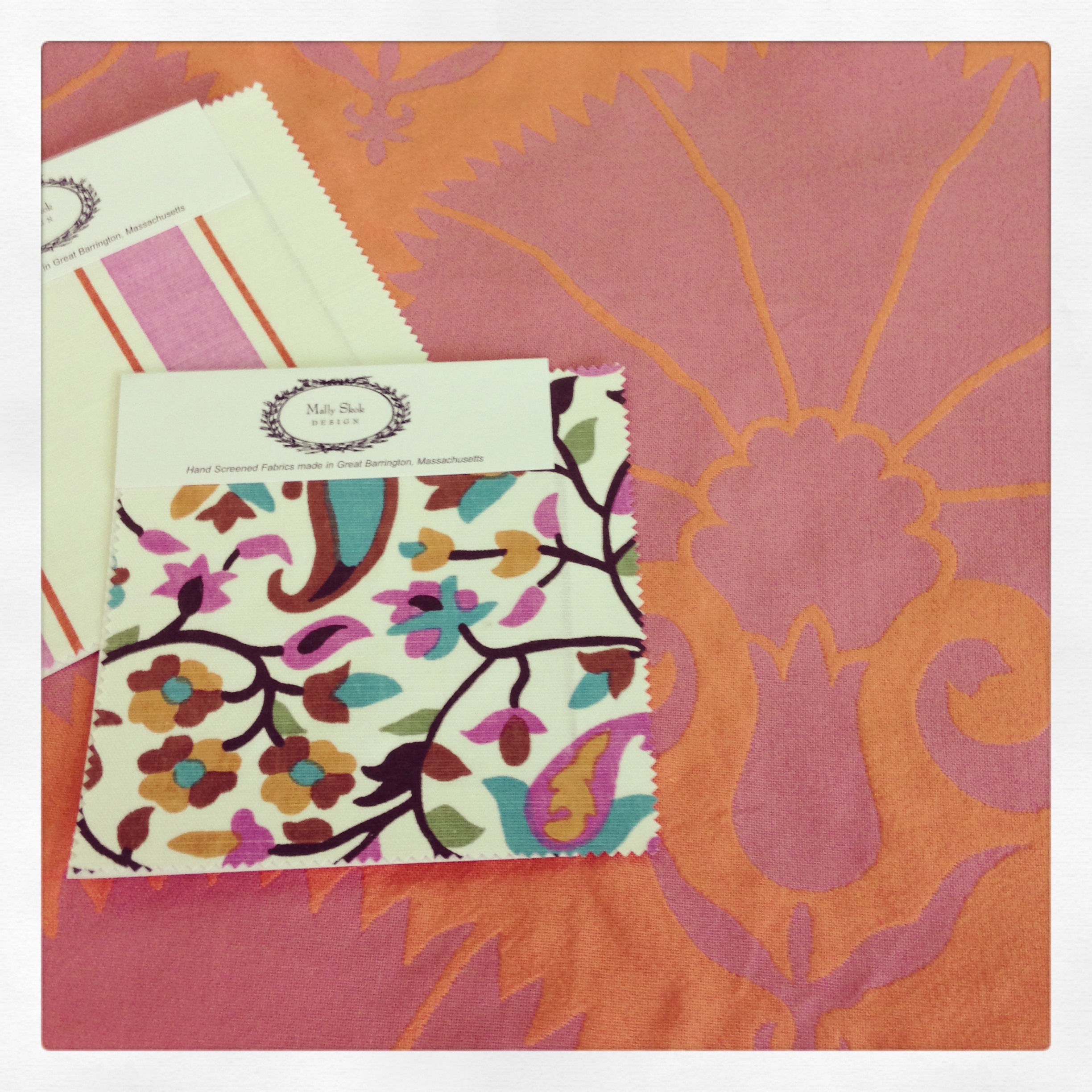
Location really hones the eye and I find that as I settle into my new home, certain design motifs are coming to the forefront of my vision. It’s not that I am abandoning my love of sho-chiku-bai, ami, kamon or the rest of the lexicon of Japanese pattern, just that I am deeply interested in adding to it. Long time unexplored favorites, such as the stylized Ottoman carnations seen on this 17th century Turkish cushion at The Museum of Islamic Art here in Doha are catching and fixing my eye. Similar velvet cushions and fragments of this pattern can be found in the collections of museums worldwide, from here to here to here to here and I’ve stumbled across it in a few antique shops. I honestly think this velvet was the equivalent of the modern-day cushion covers we see on benches in the souq.
During the reign of Sultan Süleyman I (1520-1566), also known as Suleiman the Magnificent, there was an incredible flowering – literally – of artistry in the nakkaşhane, the imperial painting studio, credited to Şahkulu and later pupil Kara Memi, who was responsible for the new naturalistic painting style which incorporated spring flowers, such as tulips, carnations, roses and hyacinths. The embroidered cover above, part of last year’s The Sultan’s Garden exhibition at The Textile Museum is such an example. Stylized versions of these flowers grew out of the more naturalistic designs and both were adopted by artists and artisans in other fields including the weavers and the potters (which we will hear more about later this week). Ottoman textiles were greatly admired and collected by Europeans, and as this post will show, that has not really changed. And while the fan-shaped carnations became standardized and somewhat formulaic, it is that very simplistic repetition that makes them read as modern today.
No surprise at all to find carnation patterned fabric at Carolina Irving‘s place – in this case a double whammy in the red pillows on the bed and the softer colored panels on the closet doors.
I wouldn’t be surprised if she found some of it over at Robert Kime‘s shops in London, where antique ottoman textiles intermingle with his modern-day interpretations, including the Palmette Blue and Palmette Red seen here on pillows.
David Hicks Herbert’s Carnation Weave is probably the best known Ottoman inspired carnation pattern and comes in numerous colors. Here, his daughter India has it on the headboard in her Harbour Island bedroom in a soft neutral.
You’ll also find it in India Hick’s childhood home The Grove where a bold colorway on the wing chair stands out in the richly appointed library…
…as well as some drool-worthy marbelized paper lampshades. The spectacular Oxfordshire estate was featured in great detail this winter in Domino and really must be seen!
Herbert’s Carnation Weave pops up in this pretty living room from Angie Hranowsky…
…and I spotted it in blue on a chair in a Tory Burch interior.
Schumacher also makes a carnation patterned fabric and wallpaper called Ottoman Flower. It comes in a few muted colorways, like this soft gray Moonstone and the repeat is huge…
…which you can see clearly in this wallpaper application. Ingenious dressing up of plain closet doors, no?
If you need an inexpensive fix of carnation, there is quite a bit of it to be had on the flash sale sites right now, from this pillow on Jaypore with its more traditional embroidered look…
… to this bright contemporary version over on One Kings Lane.
Back on my own home front, a large remnant of a crazy colored outdoor fabric from Raoul Textiles (called Dianthus I believe) covered in giant Ottoman carnations had suggested a bright color scheme for my kitchen, designed to overcome its severe limitations and make some cohesion out of the colors already in play. The fabric is thick, durable and cleanable, making it perfect for chair cushions for the crumbling rush seats on the Hitchcock chairs.
The super fun and small-scale Rohet Multi from Mally Skok that I mentioned in my last post is a perfect counterpoint to the large Raoul print and will be used for the large Roman shade over the sink. Add in an unexpected find – this woven rag rug in just the right colors – from the amazing Zara Home (on the top ten list of great things in Doha that aren’t in the USA), and a kitchen scheme is born. Necessity does breed invention!
I mean if you can’t fix, what else can you do but distract?
Watch for more posts on carnations as well as pomegranates and cintamani. I’m just getting started.
Related Posts:
Custom Furniture in Hong Kong with a Little Inspiration from Robert Kime and Carolina Irving
Light Up My Life…The Quest for Lovely Lamp Shades
Dining Room Option Two…Inspiration from Angie Hranowsky
Image Credits: 1. my Instagram, 2. The Textile Museum, 3. Lonny Magazine Oct./Nov. 2009, photo credit: Patrick Cline, 4. Loi Thai via Tone on Tone, 5. Domino, date unknown, 6-7. Domino Holiday 2013, photo credit: Brittany Ambridge, 8. Angie Hranowsky, 9. Tory Burch credit unknown, 10. F. Schumacher, 11. Martha Stewart Living September 2011, via Tilton Fenwick, 12. Jaypore, 13. OKL, 14-15. my Instagram, 16. me.















